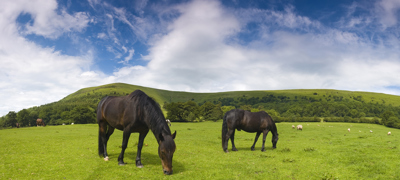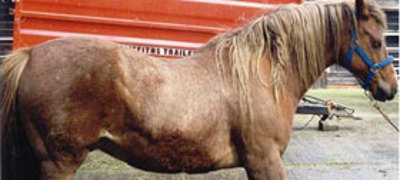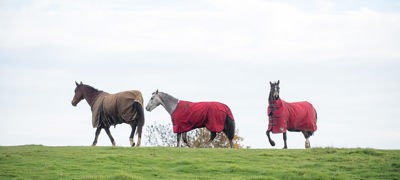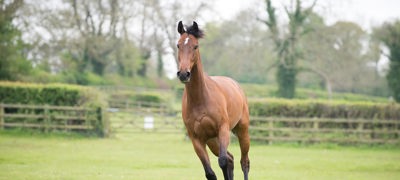How to safely change your horse’s routine
There may be many reasons why you need or want to change your horse’s routine.
It might be due to horse injury, where your vet has advised to stop riding and introduce a period of box or field rest. It could be due to a change in personal circumstances, meaning you need a break from riding and are therefore considering ‘turning your horse away’ for a period of time. It could be that you are downgrading your livery package from full to grass or planning on retiring your horse.
There are certain situations where a management change isn’t possible or suitable, for example yard facilities or if your horse needs specialist care and careful management such as those with equine metabolic syndrome, overweight or obese and those prone to laminitis. There may be additional veterinary and rehabilitation reasons for why horses cannot be turned out 24/7. It is important to follow the advice of your vet wherever possible.
The guidance below will help to make sure your horse is kept as safe and healthy as possible when considering a management change:
Monitoring weight
Maintaining your horse at a healthy weight can be a real challenge and is a balancing act between providing the right diet, management, and exercise. Your horse could be at risk of weight gain if they are not getting as much exercise or if they are given access to more grass than they are used to.
Weightapes are a useful tool to monitor weight changes in your horse as well as taking photos of your horse to help monitor and assess any changes. Getting hands-on by fat scoring is also helpful to monitor your horse’s body condition. This will enable you to react to changes in your horse’s weight by adjusting their management gradually. If your horse is fit and well-muscled and you are planning on reducing their exercise, then you will start to see changes to their body shape due to muscle loss.
It will be important to reduce the amount of concentrate feed where necessary, especially if your horse’s workload is going to be significantly decreased. It may be beneficial for the horse to be gradually changed on to a balancer feed; speak to your vet or a qualified nutritionist for advice specific to your horse’s individual needs.
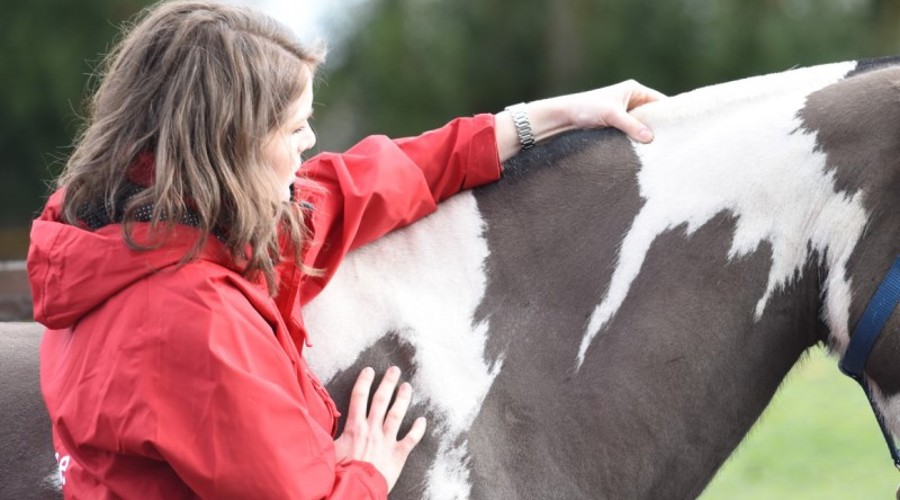
How to prevent colic when changing routine
To reduce the risk of colic it is important to gradually change your horse’s routine and diet over a minimum of 10-14 days.
The horse’s large intestine contains billions of bacteria which are sensitive to change. Introducing new feeds gradually will help the bacteria acclimatise and adapt.
Therefore, it is important to slowly adjust the amount of turnout/grazing time your horse has and not to suddenly turn out or stable them for large amounts of time straight away.
However, if your vet has advised a period of box rest due to injury or illness then it is likely turnout will need to be reduced relatively quickly. Discuss this with your vet as they may confirm you can still turn out for short periods of time, walk out in-hand and graze or rehabilitate the horse with field rest instead, depending on the injury and circumstances.
Reducing risk of sweet itch
Horses prone to sweet itch can be most commonly affected from March – November when biting flies, such as midges, are most active.
24/7 turnout may not be suitable for horse’s prone to sweet itch as they will be at an increased risk of coming into contact with midges. Stabling horses from dusk to dawn, especially in hot and humid conditions when midges are at their most active, can help prevent horses being bitten.
Sweet itch rugs which cover all the areas of the horse susceptible to bites can provide protection. There are many insect repellents and insecticides on the market but some are more effective than others.
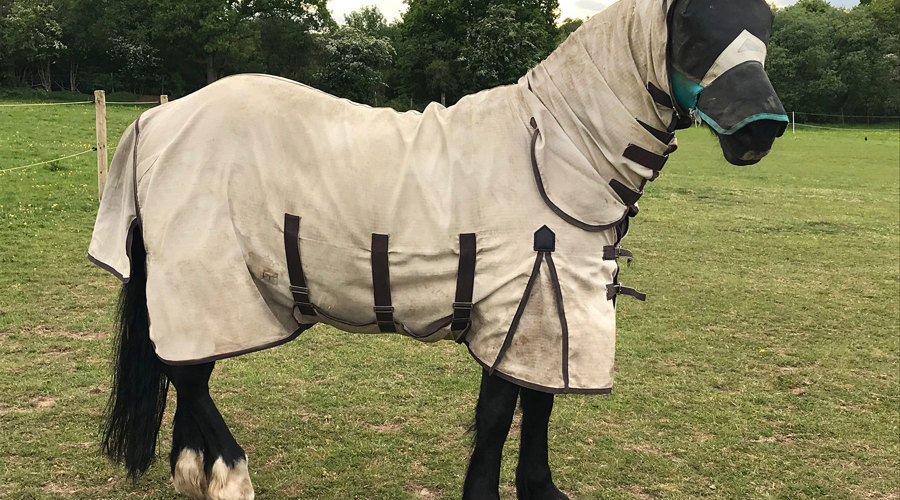
Pasture management
It is important to assess the impact that increased turnout may have on the pasture and horse welfare. Factors to consider include: the amount of grazing available, any future options to rotate grazing, any additional forage being put out in the field and consideration for parasite control, especially with a change in season.
Research has shown weight gain more than doubles the risk of laminitis. This highlights the importance of managing your horse’s grazing, especially if they are going to be spending more time out at grass or having their exercise reduced.
How to prevent laminitis when changing routine:
A surge in grass growth can increase the risk of laminitis in those susceptible. Be aware that this can also occur in paddocks recovering from the Winter.
Grass is a major contributor of calories in a horse’s diet. Overweight horses or those prone to laminitis are likely to need their grazing restricted.
Grazing can be restricted by using electric fencing to strip graze or setting up a track system. Further helpful guidance is available here.
Grazing muzzles can also be helpful to control the horse’s intake of grass. These must be introduced carefully, and the horse closely monitored. They must never be left on 24/7.
Removing shoes
In consultation with your farrier, arranging for your horse’s shoes to be removed if you are not exercising your horse regularly, or not at all, could be a consideration.
Speak to your farrier for advice on whether this could be a suitable option for your horse. It may be that your horse could cope with their back shoes being removed only, rather than all round removal. Monitor how your horse is coping and if you have any concerns contact your farrier.
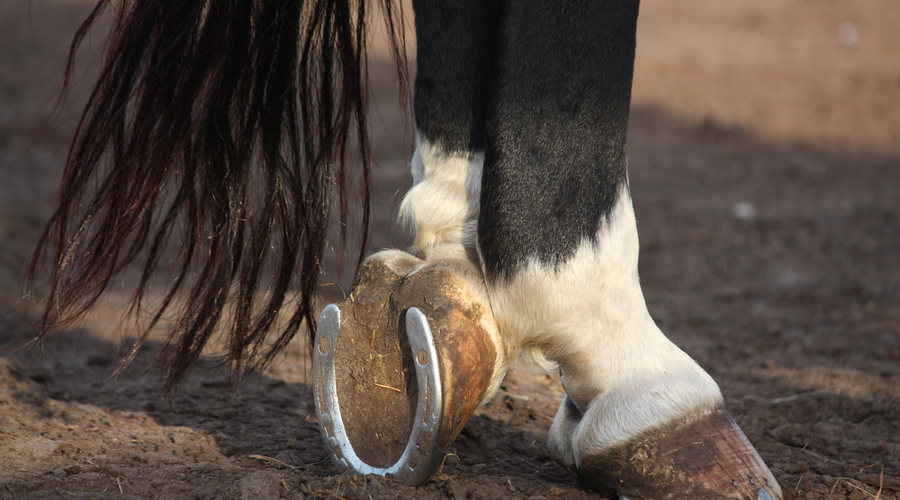
Use of rugs
If your horse wears a rug be mindful that an ill-fitting rug, or one left on for too long without checking, may cause discomfort or even start to rub and cause injury.
Make sure you remove your horse’s rug daily so you can check for signs of rubbing or soreness and then refit or change as necessary. Check the weather on a daily basis and decide if your horse needs to wear a rug. If your horse’s exercise has been decreased, unnecessary rugging is likely to result in excess fat being stored by the horse rather than being used to keep warm when un-rugged.
Bringing your horse back into work
When bringing your horse back into work, the thought of going for a canter to ‘blow away the cobwebs’ can be tempting. BUT this is a potential recipe for disaster which could result in a significant injury to your horse and potentially you.
No matter how fit your horse was prior to being turned away, conditioning will have been lost. Any weight gain means a strain on joints, tendons, muscles, and cardiovascular system is highly likely, and must always be at the forefront of our minds when returning horses to work.
It takes preparation to ensure both horse and rider come back into work safely and soundly and ensure we are following best practice with regards to our horse’s care and welfare.
The BHS Horse Care and Welfare Team are available to offer you advice and support with any questions or concerns you may have.
Don’t hesitate to call us on 02476 840517 * or email welfare@bhs.org.uk. You can also get in touch with us via our social media channels.




